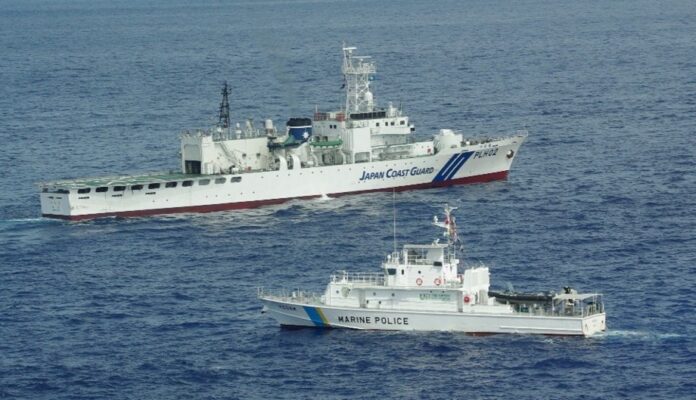By Alex Bristow*
Australian Foreign Minister Penny Wong will represent Australia at the 10th Pacific Island Leaders Meeting (PALM10) in Tokyo this week. Wong should use the opportunity to publicly affirm the importance of Japan’s contribution to peace and stability in the Pacific. She should also use private meetings with the assembled Pacific leaders to gauge the region’s appetite for a clearer division of labour between Australia, Japan and other partners in providing defence and security assistance to the region. (The Australian Strategic Policy Institute. The Strategist.)
